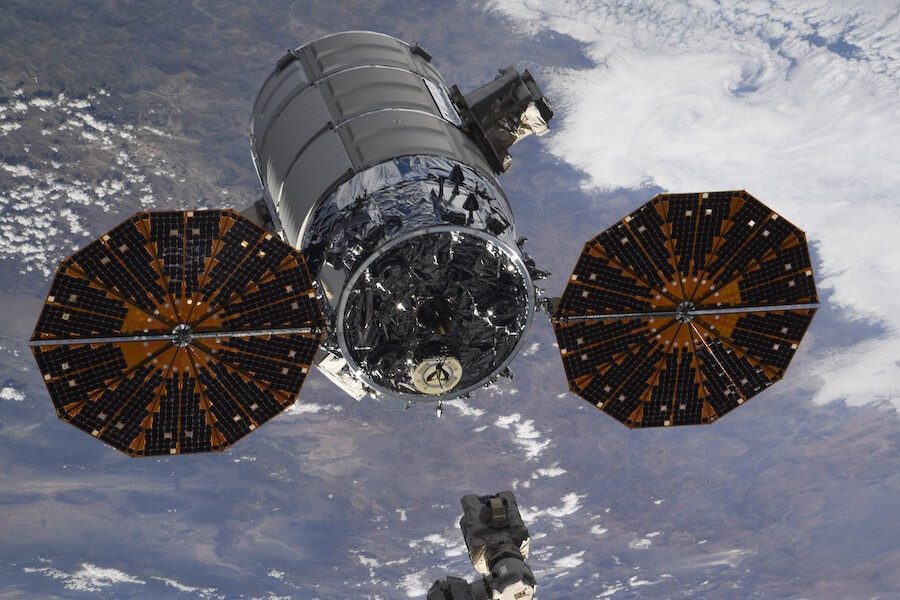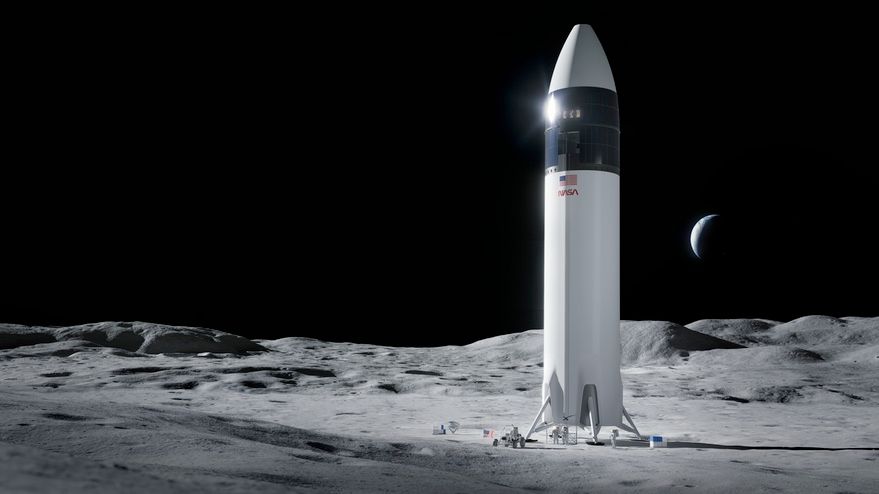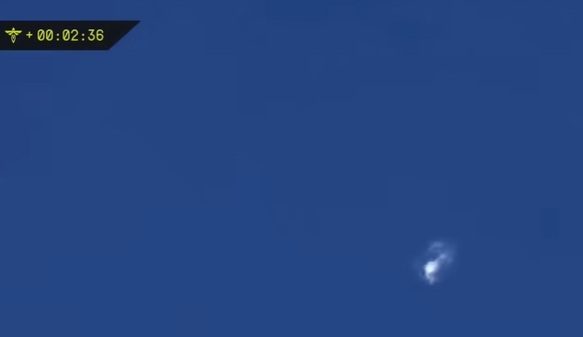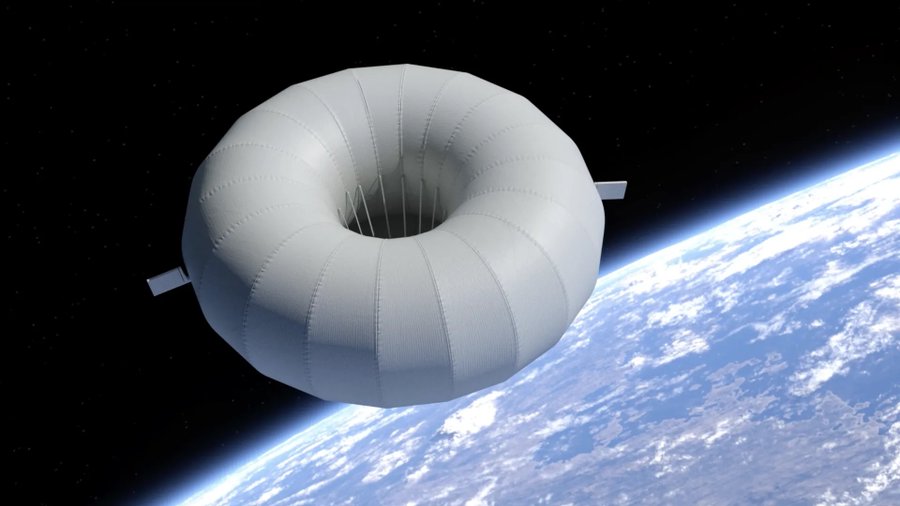Cygnus NG-12 was unberthed and undocked from the ISS/released from the ISS robot arm at 1436 GMT on 31 January to conduct 31 days of flight operations including deployment of satellites until destructive re-entry planned for 2 March 2020. Aboard were several cubesats: AeroCubes 14A & 14B, AeroCubes 15A and 15B on Nanoracks deployer, along with HuskySat 1, Orbital Factory 2 and SwampSat 2. In addition CIRiS, EdgeCube, MakerSat, Minicarb, VPM and Lynk were on a SEOPS Slingshot deployer attached to front of Cygnus NG-12.
A few hours later Cygnus NG-12 deployed the seven satellites carried on the SEOPS Slingshot into low Earth Orbit.
The Aerospace Corporation’s Aerocubes 14A and 14B will demonstrate new star-tracker technology and test new nanotechnology materials and advanced solar cells in space. Aerocubes 15A and 15B. Aerocubes 15A and 15B to test “rapid prototyping techniques” for the Air Force and to test low cost telescope. HuskySat-1 is a technology demonstrator of an onboard pulsed plasma propulsion and K-band high gain telemetry. Orbital Factory 2 is carrying an additive manufacturing unit (3D printer) and an S-band patch antenna for a performance test. SwampSat 2 carries a large 16 square metre loop antenna to monitor vlf (very low frequency) wave propagation in the upper ionosphere.
Then on 1 February at 1544 GMT Cygnus NG-12 deployed the CIRis satellite (testing out a radiometer for Ball Aerospace), with the EdgeCube satellite (a student-built ecosystems monitoring cubesats) and MakerSat (a cubesat finally constructed on the ISS via 3D printing) being deployed at 2115 GMT on the same day. MiniCarb (a greenhouse gas measuring satellite), VPM (a Very Low Frequency wave propagation mapper) and Lynk (a prototype cell phone booster satellite) were then subsequently released.








